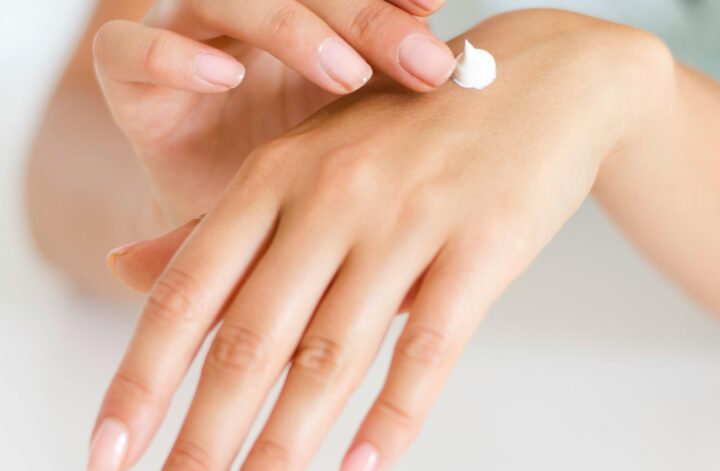Natural hair is a canvas of diversity, with textures ranging from tightly coiled curls to loose waves. Each strand tells a unique story of heritage, culture, and personal identity. Yet, despite the beauty and richness inherent in natural hair, mastering its care can often feel like navigating uncharted waters. From understanding your hair’s unique texture to devising a personalized care routine, the journey to healthy, vibrant natural hair is both empowering and transformative.
Understanding Texture Diversity:
The first step in mastering natural hair care is understanding the diversity of textures. Natural hair textures are commonly categorized into four main types: Type 1 (Straight), Type 2 (Wavy), Type 3 (Curly), and Type 4 (Coily/Kinky). Within each type, there is further variation in curl pattern, density, porosity, and elasticity. By identifying your hair’s texture and characteristics, you can tailor your care routine to meet its specific needs.
Type 1: Straight hair tends to be sleek and lacks a significant curl pattern. It often requires less moisture and can be prone to oiliness at the roots.
Type 2: Wavy hair has gentle S-shaped waves and benefits from lightweight products that enhance its natural texture without weighing it down.
Type 3: Curly hair forms well-defined spirals or loops and thrives on hydration to maintain its shape and bounce.
Type 4: Coily or kinky hair features tight coils or zig-zag patterns and requires ample moisture and careful handling to prevent breakage and retain length.
Building a Personalized Hair Care Routine:
Once you’ve identified your hair texture, building a personalized hair care routine is essential for promoting healthy growth and maintaining vibrancy. Here are some steps to consider:
Cleansing: Choose a sulfate-free shampoo or co-wash that gently cleanses the scalp and hair without stripping away natural oils. How often you wash your hair will depend on your hair type and lifestyle factors.
Conditioning: Follow up with a rich conditioner or deep conditioning treatment to hydrate and nourish your strands. Focus on applying conditioner from mid-length to ends, where hair is typically drier.
Moisturizing: Hydration is key for maintaining the health and elasticity of natural hair. Incorporate a leave-in conditioner or moisturizing cream to lock in moisture and minimize frizz.
Detangling: Use a wide-tooth comb or your fingers to gently detangle hair, starting from the ends and working your way up to the roots. This helps prevent breakage and minimize damage.
Styling: Experiment with different styling techniques and products to enhance your hair’s natural texture and manageability. Whether you prefer wash-and-go styles, twist-outs, or protective styles like braids and twists, find what works best for you.
Protective Care: Protect your hair from environmental stressors and mechanical damage by wearing protective styles, using satin or silk hair accessories, and avoiding excessive heat styling.
Regular Trims: Schedule regular trims every 8-12 weeks to remove split ends and maintain the overall health of your hair. This promotes growth and prevents breakage.
Embracing Your Natural Hair Journey:
Mastering the art of natural hair care is not just about achieving aesthetic goals; it’s about embracing and celebrating your unique identity. Your natural hair journey is a deeply personal experience that reflects your connection to culture, heritage, and self-expression. Along the way, you may encounter challenges and setbacks, but each step forward is a testament to your resilience and growth.
Remember to approach your natural hair care routine with patience, curiosity, and self-love. Listen to your hair’s needs, embrace its natural beauty, and celebrate the journey of self-discovery that comes with caring for your curls, coils, waves, and kinks. With the right knowledge, techniques, and products, you can unlock the full potential of your natural hair and cultivate a sense of pride and empowerment that radiates from roots to tips.




